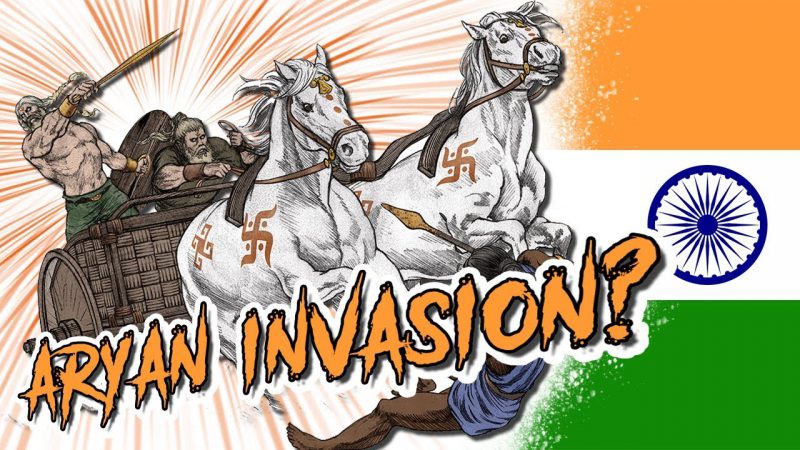
Hinduism: Myth or Reality
Two theories have been mostly exploited as to who were the first inhabitants of the Indus Valley. The Aryan Theory suggested that the first inhabitants of the Harappan city were the Dravidians who were good-natured and dark skinned shepherds who had no culture of speaking and no literature or scripts of their own. And around the 1500 BC, the Aryans (strong, white-skinned, nomadic people originating from the Western Russia) invaded the Indus Valley and chased the Dravidians to the South.
Aryan Invasion – Myth or Reality?
Hinduism originated from the Indus Valley Civilization, which later on evolved into India but after the Partition of India in 1947 the Indus Valley became theoretically located in Pakistan and the Northwestern India. It was composed of thousand of towns and cities and the two largest cities were the Mohenjo Daro and the Harrapan City.
Both Mohenjo Daro and the Harappan cities had similar organization and featured citadels, central areas in a city that were heavily fortified—protected with defensive military structures. Additionally, both cities were situated along the Indus River. This structure would allow those at the higher levels of the buildings in either city to look down the river and see into the distance. (Khan Academy)
Two theories have been mostly exploited as to who were the first inhabitants of the Indus Valley. The Aryan Theory suggested that the first inhabitants of the Harappan city were the Dravidians who were good-natured and dark skinned shepherds who had no culture of speaking and no literature or scripts of their own. And around the 1500 BC, the Aryans (strong, white-skinned, nomadic people originating from the Western Russia) invaded the Indus Valley and chased the Dravidians to the South. It is said that the caste system was the result of the Aryans invasion. Sanskrit was introduced followed by the Vedas (Hindu religious spiritual texts) out of which The Upanishads, the Mahabharata and the Ramayana was written from the Aryans.
The Aryan invasion never happened and here is why.
So far, we have had several pieces of evidence denying the existence of the Aryans invasion of Harappan City. Michel Danino, an Indian author of French origin shared his opinion on this subject in 2011 at Amrita Vishwa Vidyapeetham University of Coimbatore.
Danino has been conducting research on this theory from various angles; be it by historical literacy point of view, geographically or in term of its archeology. All three refute do not have any supporting claim that the Harrapan City was entered by force by the Aryans.
Had the Aryans produced the Rig Veda, why is no mention or reference of an invasion or migration into the Indus Valley?
Why was there no evidence showing a change of tools, weapons, and commodity objects, new art forms asserting the migration of Aryans despite a century of archeological research?
“The conquering Aryans are said to have subjugated indigenous Dravidians,” he said. “However, there is no evidence to support this 19th century theory which was propagated by Indologists like Max Muller. The theory was deliberately misused by colonial powers to divide the North and South, and upper and lower castes.” the author stated during his talk on the campus.
Genetics has also denied this theory. One major proof emerged in September 2019. The 4500 years old skeletal of a nameless woman who has been discovered to be an ancestor of the Harrapan civilization was found in Rakhigarhi, a district in Haryana in September 2019. A group of archaeologists and geneticists examined the skeleton.
The DNA results showed that she was not related to the Aryan dynasty and did not possess the R1a1 gene that is the “Aryan gene” of the Bronze Age.
In the Rig Veda, the Saraswati River was mentioned many times. However, it was long time considered mythical until the American satellite Landstat discovered it and was able to map the river’s bed. Archaeologist Paul-Henri Francfort studied the region and concluded that the Saraswati River had disappeared around 2200 BC due to a drought which as a result pushed most inhabitants living near the River to move away and to settle on the banks of the Indus and Sutlej River. From this perspective, the Dravidians have not been chased away by the Aryans.
Evidence against the Aryan invasion continues to accumulate. And as it continues, it is more than crucial that India reviews its textbook to reflect the true history of the Indus Valley civilization.
